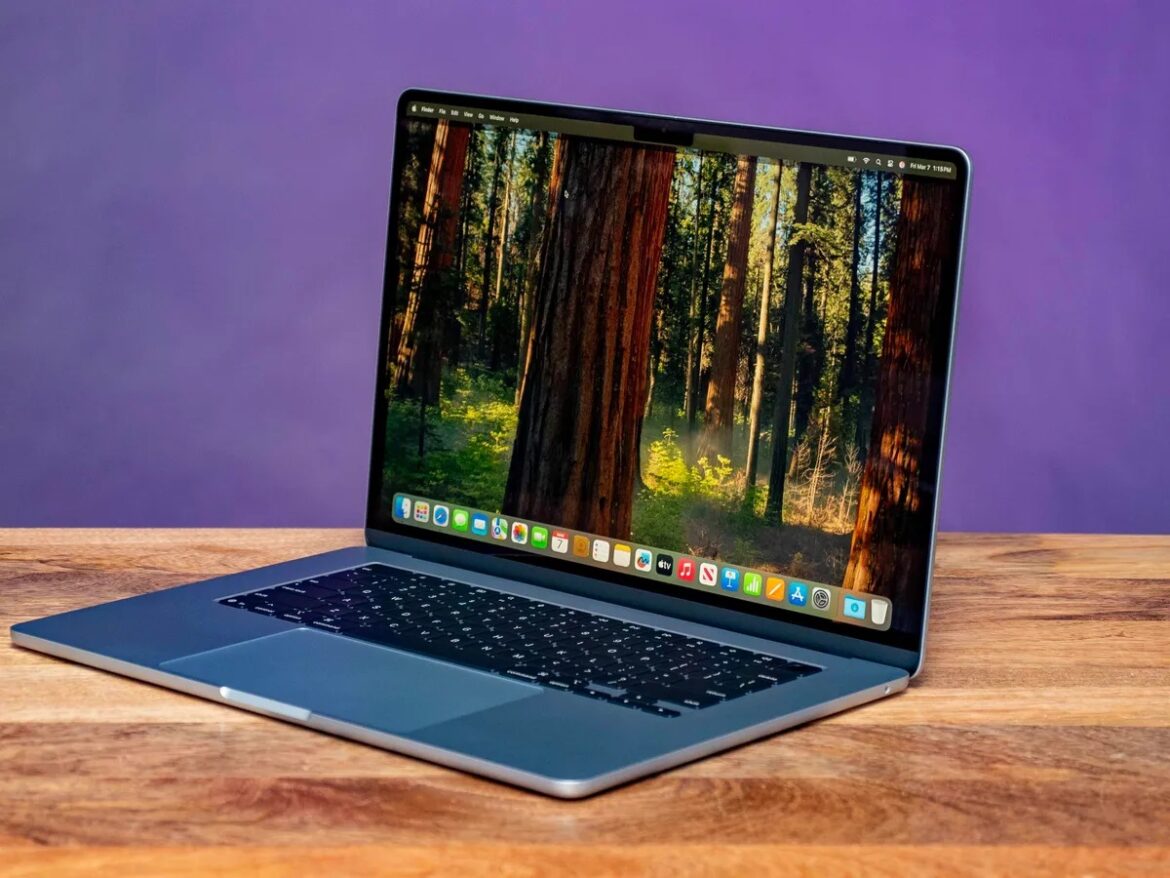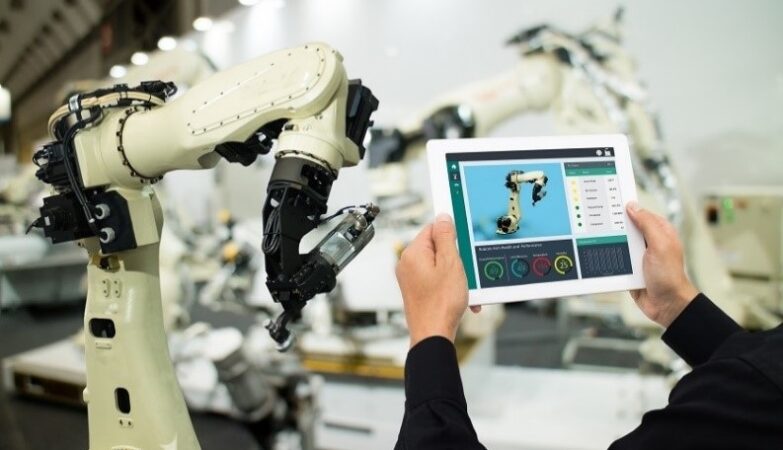When it comes to purchasing laptops for your business or personal use, the decision between new and refurbished laptops can be a difficult one. While new laptops may seem like the obvious choice due to their latest features and warranties, Refurbished Laptops can offer significant savings without sacrificing performance. In this blog, we’ll break down the true cost of both new and refurbished laptops, highlighting the key differences that can impact your budget.
1. Upfront Costs: The Price Difference
The most immediate difference between new and refurbished laptops is the initial purchase price. New laptops, especially those designed for business use, can be quite expensive. For instance, high-performance business-grade laptops with Intel Core i7 processors, 16GB of RAM, and 512GB SSDs can cost anywhere between ₹60,000 to ₹1,00,000 or more.
In contrast, refurbished laptops typically cost 40-70{31488fe0eb69432b29bea51270ce8521d2d11addcd9eff180e112ef067e80f30} less than new models with similar specifications. A refurbished laptop with an Intel Core i5 processor, 8GB RAM, and 256GB SSD might cost around ₹30,000 to ₹40,000, while a new laptop with similar specifications could be priced closer to ₹55,000 or higher.
For businesses looking to equip multiple employees or individuals who want to maximize their IT budget, choosing refurbished laptops offers an immediate cost-saving advantage. The money saved can be reinvested into other business needs or personal investments, such as software upgrades, professional development, or marketing campaigns.
2. Depreciation and Resale Value
New laptops are subject to rapid depreciation—they lose around 20-30{31488fe0eb69432b29bea51270ce8521d2d11addcd9eff180e112ef067e80f30} of their value as soon as they are purchased. This rapid loss of value is particularly noticeable in the first year. For businesses, this means that the new laptops you purchase could be worth significantly less if you decide to upgrade or sell them in a few years.
Refurbished laptops, on the other hand, have already gone through their initial depreciation phase. While they do lose value over time, the rate of depreciation is much slower compared to new devices. This slower depreciation helps businesses maintain the value of their laptops for a longer period, providing a better return on investment (ROI).
In addition, refurbished laptops typically retain more value over time, making it easier to sell or trade them when they reach the end of their lifecycle.
3. Warranty and Support
One of the main concerns with refurbished laptops is the lack of warranty or customer support. However, many reputable refurbishers offer warranties (typically 6 months to 1 year), ensuring that businesses and consumers are protected in case of any issues after the purchase.
For new laptops, you’ll often get a manufacturer warranty (usually 1 to 2 years), which covers defects or hardware failures. While this is a benefit, it’s worth noting that the cost of a new laptop warranty is often included in the higher price tag.
Some refurbished laptop vendors also offer extended warranty options and after-sales support at a fraction of the cost of new device warranties. This can help mitigate the risk associated with buying refurbished laptops while keeping costs low.
4. Maintenance and Lifespan
New laptops typically have a longer expected lifespan than refurbished ones, primarily because they come with brand-new components and up-to-date software. However, this doesn’t mean refurbished laptops are short-lived. Many refurbished devices, especially those from reputable brands like Dell, HP, and Lenovo, are built to last and are often subjected to rigorous testing and repairs before being sold again.
With proper care, a refurbished laptop can last 3–5 years or more, and if you choose a model with upgradable components (such as RAM or storage), you can extend its useful life even further. Additionally, routine maintenance like keeping the laptop clean and updating software can help prolong its lifespan.
New laptops may offer cutting-edge features like faster processors or better graphics, but if your needs are focused on everyday tasks like emailing, word processing, and video conferencing, a refurbished laptop will be more than sufficient for many years.
5. Environmental Impact and Sustainability
In an era where sustainability is becoming increasingly important, refurbished laptops offer a greener alternative to buying new devices. The electronics industry is one of the largest contributors to e-waste, and purchasing new laptops adds to this environmental burden.
By opting for refurbished laptops, businesses and consumers help reduce e-waste by extending the life of existing technology. This choice aligns with a commitment to sustainability and the circular economy, where products are reused, refurbished, and recycled, instead of being discarded.
This eco-conscious decision not only reduces the carbon footprint associated with manufacturing new laptops but also supports a greener future. Businesses that prioritize sustainability can enhance their brand image and demonstrate their commitment to corporate social responsibility (CSR) by choosing refurbished laptops.
Final Thoughts
While new laptops offer the latest technology and features, Refurbished Laptops provide excellent value for money, with lower initial costs, slower depreciation, and environmental benefits. For businesses and individuals looking to make a cost-effective IT purchase, refurbished laptops are a smart choice. They provide enterprise-grade performance, reliability, and affordable pricing, all without sacrificing quality.
Before making a decision, businesses should carefully assess their IT needs, budget constraints, and long-term goals. If you need high-performance laptops for basic tasks or non-intensive applications, refurbished laptops offer a practical and sustainable solution that will serve you well for years to come.








